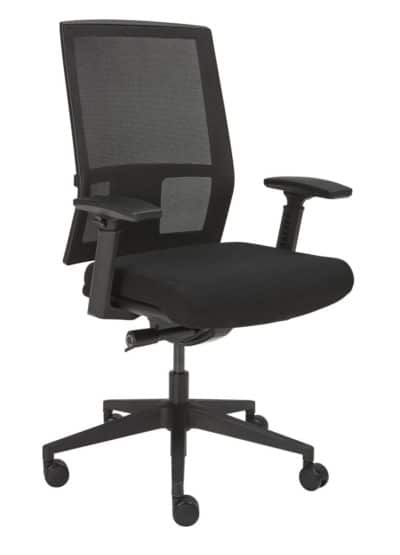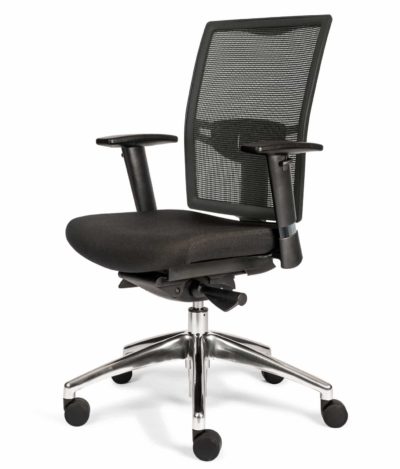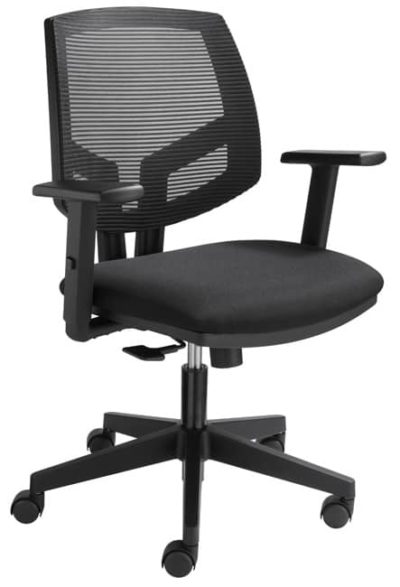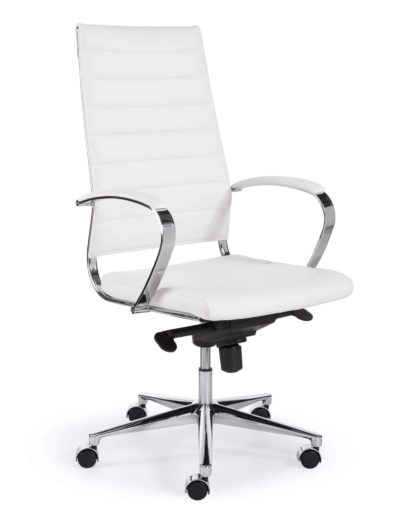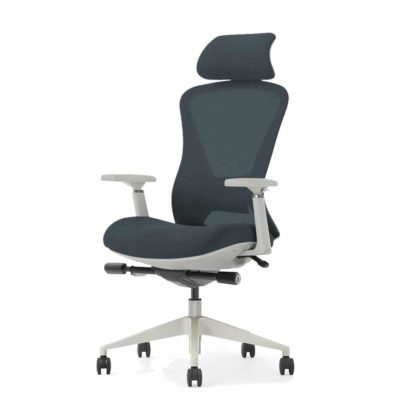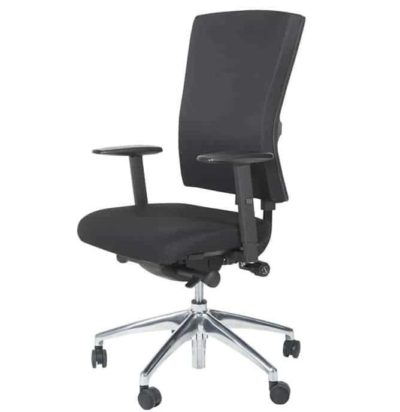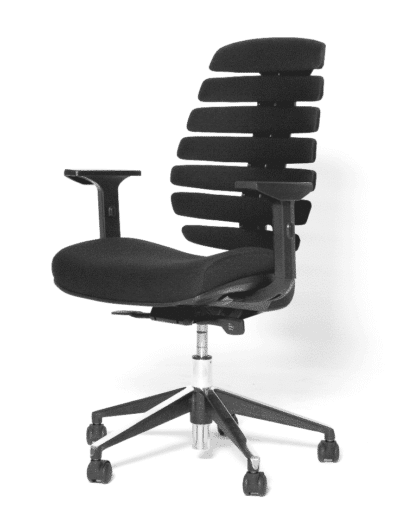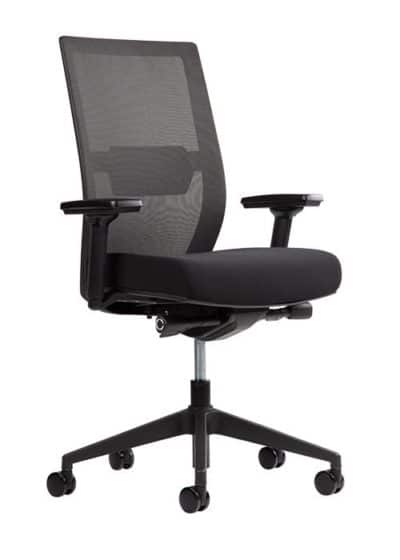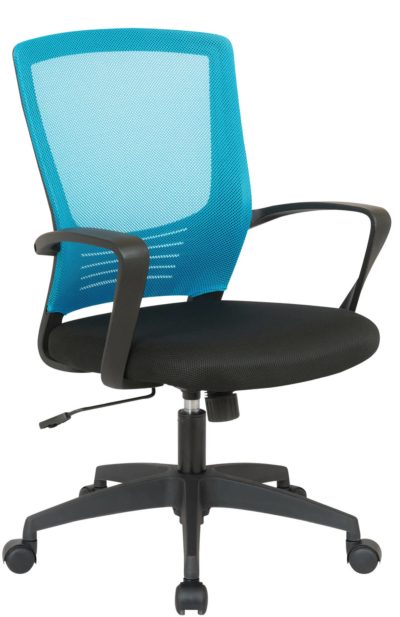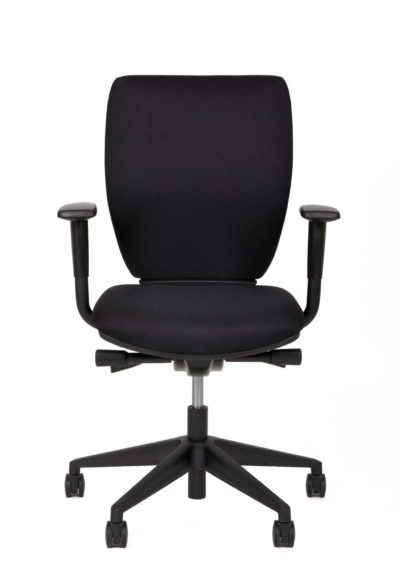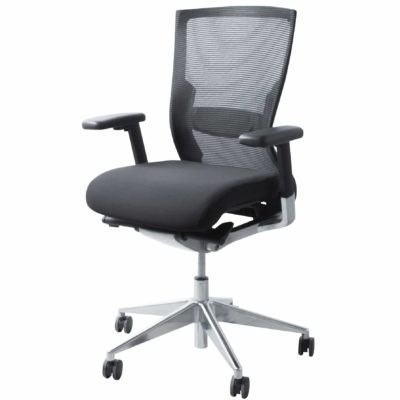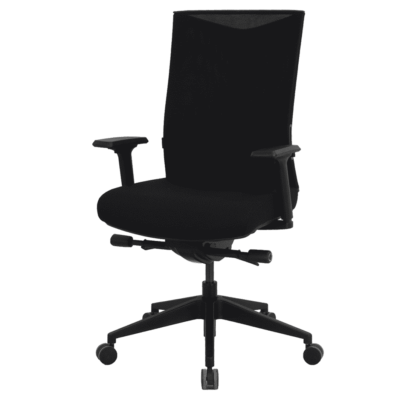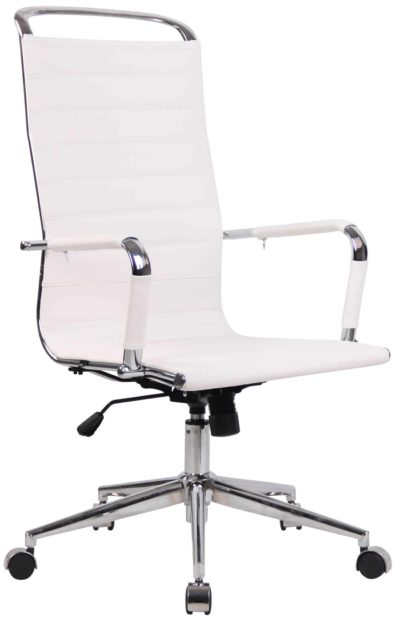Ergonomics and the role of office chairs in work environments are inextricably linked. In a world where work is increasingly becoming an essential part of our daily lives, it is crucial to understand the impact of the tools we use, such as office chairs, on our health. This comprehensive essay will explore the various facets of ergonomics and the different aspects of office chairs, with a specific focus on their impact on health, productivity and well-being in the workplace.
Chapter 1: Introduction to Ergonomics and Office Chairs
Ergonomics is the scientific study of the interaction between man and his environment, with the aim of adapting the workplace and tools to the physiological and psychological needs of the worker. In this context, office chairs form an integral part of the working environment, because they directly influence the sitting position and comfort of the user.
1.1 The Importance of Ergonomic Office Chairs
A good ergonomic office chair goes beyond just aesthetics. It is an investment in the health and well-being of employees. By providing the right support, these chairs can significantly reduce the risk of health problems such as back and neck pain. This makes them valuable not only for individual employees, but also for organizations that strive for a healthy working environment.
1.2 The Influence on Work Attitude
A crucial aspect of ergonomic office chairs is their ability to promote correct sitting posture. By taking into account the natural curves of the spine and the position of the head and neck, these chairs help reduce tension and pressure on the spine. This contributes to the prevention of long-term health problems that often arise from poor posture during prolonged work.
1.3 Healthy Exercise in the Workplace
Ergonomic office chairs not only encourage correct sitting posture, but also contribute to healthy exercise in the workplace. By offering features such as tilt mechanisms and height adjustments, these chairs encourage regular changes in sitting position, which promotes blood circulation and activates the muscles. This helps prevent stiffness and promotes an active lifestyle, even during prolonged periods of sitting.
Chapter 2: The Foundations of a Good Chair
Now that we have a general understanding of the role of ergonomics and office chairs, it is important to delve deeper into what makes a good office chair.
2.1 Customizability and Personalization
One of the core features of a good office chair is the level of customizability and personalization offered. Each person has a unique body shape and ergonomic needs, so it is crucial that an office chair can be adjusted to individual preferences. Adjustable backrests, seat depth, height settings and armrests are some of the features that determine the level of personalization.
2.2 Materials and Sustainability
In addition to adaptability, the materials used and the durability of an office chair play an important role. High-quality upholstery and durable materials not only contribute to comfort, but also extend the lifespan of the chair. Organizations should strive for chairs that can withstand intensive daily use without sacrificing quality and comfort.
2.3 Wheels and Mobility
Mobility is another aspect that should not be overlooked. Wheeled chairs provide flexibility and make it easy to navigate the workspace. This is especially important in modern office environments where collaboration and interaction are key. Adjustable armrests also contribute to mobility, allowing workers to easily change positions without losing overall support.
Chapter 3: The Impact on Productivity and Well-Being
Now that we've established what makes a good office chair, it's time to take a closer look at its impact on both productivity and well-being.
3.1 Productivity and Focus
A well-adjusted office chair is not just a comfortable place to sit, but a tool that can improve employee productivity and focus. By providing proper support to the back and neck, ergonomic chairs reduce the distraction caused by physical discomfort. This allows employees to better focus on their tasks and increases overall productivity in the workplace.
3.2 Well-being and Satisfaction
Workplace wellness is an integral part of the overall employee experience. Having comfortable, ergonomic chairs contributes to employee well-being. Employees who feel physically comfortable generally experience less stress and fatigue. This not only has positive consequences for health in the short term, but also contributes to higher satisfaction and involvement in the long term.
Chapter 4: Choices and Standards
When selecting the right office chair, it is important to take into account the different choices and standards available on the market.
4.1 Wheels or Adjustable Armrests?
The choice between wheels and adjustable armrests often depends on the specific needs of the user and the nature of the work. Wheels provide mobility and flexibility, while adjustable armrests can provide additional support to the arms and shoulders. The ideal choice depends on the nature of the tasks and the working environment.
4.2 NPR1813 and NEN1335 Standards
Office chairs that meet standards such as NPR1813 and NEN1335 have specific features and properties that are designed to meet industry standards for ergonomics. It is important that organizations understand what these standards mean and how they can apply to their specific needs. This ensures that the selected chairs meet the highest standards of ergonomics and quality.
Chapter 5: The Future of Ergonomics and Office Chairs
While we have examined the current state of ergonomics and office chairs, it is also important to look ahead to future developments and innovations in this field.
5.1 Technology Integrations
With the continued advancements in technology, office chairs are becoming more integrated with smart features. From built-in sensors that monitor sitting posture to customizable settings that automatically respond to user needs, the future of ergonomic office chairs promises a seamless integration of technology and wellness.
5.2 Sustainability and Environmental Awareness
Sustainability is becoming an increasingly important aspect in all facets of life, including office furnishings. The future of office chairs will likely be characterized by a greater emphasis on sustainable materials, recycling options and environmentally friendly production processes. Organizations will strive for a balance between ergonomics and environmental awareness.
5.3 Health and Wellbeing as a Priority
As awareness around health and wellness increases, companies will focus more on creating a work environment that promotes the physical and mental health of employees. Ergonomic office chairs will remain an integral part of this strategy, with a greater emphasis on preventing health problems and encouraging an active lifestyle.
Conclusion
Ergonomics and office chairs form a symbiotic relationship that has a profound impact on employee health, productivity and well-being. The importance of choosing the right chair should not be underestimated as it not only improves the daily working experience but also contributes to a healthy and happy working environment. With continued innovations and a growing focus on health, the future of ergonomic office chairs promises a balanced integration of technology, sustainability and well-being.



